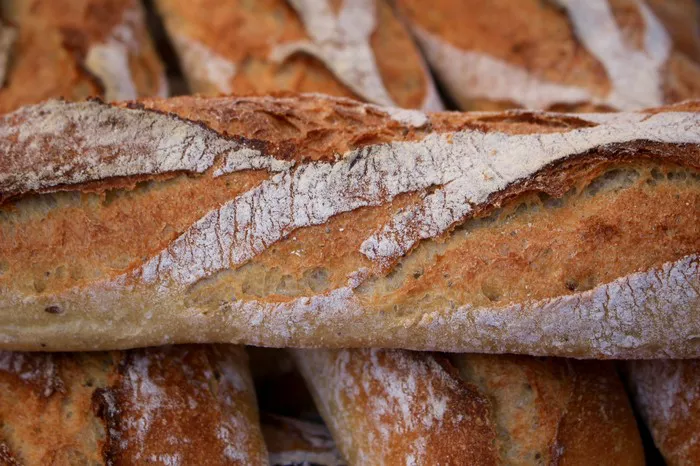In recent years, the pet industry has seen exponential growth, driven by the increasing humanization of pets and a rising demand for high-quality products and services. Amidst this thriving landscape, pet franchises have emerged as lucrative business opportunities, offering entrepreneurs a chance to capitalize on the growing market while fulfilling their passion for animals. One such notable franchise is Woof Gang Bakery, a leading provider of pet products and services across the United States.
Understanding the Franchise Model
Before delving into the cost analysis of a Woof Gang Bakery franchise, it’s essential to grasp the fundamental workings of the franchise model. Franchising is a business strategy that allows individuals (franchisees) to operate their own businesses using the branding, products, and support systems of an established company (franchisor). In return, franchisees pay initial fees and ongoing royalties to the franchisor.
Woof Gang Bakery operates on this franchising model, offering individuals the opportunity to own and operate their own pet retail store under the Woof Gang Bakery brand. Franchisees benefit from the brand’s reputation, established business processes, and ongoing support from the franchisor.
Initial Investment
Launching a Woof Gang Bakery franchise entails various costs, including an initial investment, ongoing fees, and operational expenses. The initial investment typically covers expenses such as franchise fees, real estate, construction, equipment, inventory, and working capital. The total initial investment can vary depending on factors like location, store size, and local market conditions.
Franchise fees for Woof Gang Bakery are around $40,000 to $50,000, which grants franchisees the right to use the brand name and operating system. Additionally, the initial investment may include costs for leasehold improvements, signage, fixtures, and initial inventory. According to Woof Gang Bakery, the total initial investment for a single store can range from $292,000 to $527,000.
Ongoing Fees
In addition to the initial investment, franchisees are required to pay ongoing fees to the franchisor. These fees typically include royalties, marketing/advertising fees, and other expenses. Royalty fees are usually calculated as a percentage of gross sales and are paid on a regular basis, such as monthly or quarterly.
Woof Gang Bakery charges a royalty fee of 5% of gross sales, which is in line with industry standards for pet franchises. In addition to royalties, franchisees contribute to a national advertising fund, typically around 2% of gross sales. These funds are used to support marketing efforts, promotional campaigns, and brand development initiatives at the national level.
Revenue Potential
While the initial investment and ongoing fees are important considerations, potential revenue is a key factor in assessing the viability of a franchise opportunity. The revenue potential of a Woof Gang Bakery franchise depends on various factors, including location, market demand, competition, and operational efficiency.
As a retailer of pet products and services, Woof Gang Bakery generates revenue from the sale of pet food, treats, grooming services, and other pet-related merchandise. With a focus on high-quality products and personalized service, Woof Gang Bakery aims to attract discerning pet owners who prioritize their pet’s well-being.
According to industry reports, the average annual revenue for a pet retail store in the United States ranges from $500,000 to $1.5 million, depending on factors such as store size and location. While individual store performance may vary, Woof Gang Bakery franchisees have the potential to achieve competitive sales figures by tapping into the growing demand for premium pet products and services.
Operating Expenses
In addition to revenue potential, franchisees must also consider operating expenses when evaluating the financial viability of a Woof Gang Bakery franchise. Operating expenses include costs such as rent, utilities, payroll, inventory, marketing, and insurance.
Rent is often one of the largest operating expenses for retail businesses, and the cost can vary significantly depending on the location and size of the store. Utilities, including electricity, water, and gas, also contribute to operating costs, as do payroll expenses for employees.
Inventory management is another critical aspect of operating a retail business, as maintaining adequate stock levels and managing product assortment directly impact sales and customer satisfaction. Franchisees must also allocate resources for marketing and advertising initiatives to attract customers and promote brand awareness in the local market.
Profitability and Return on Investment
Ultimately, the profitability of a Woof Gang Bakery franchise depends on the balance between revenue and expenses. By carefully managing costs, optimizing operations, and maximizing sales opportunities, franchisees can improve profitability and achieve a favorable return on investment.
While owning a franchise offers numerous benefits, including brand recognition, proven business systems, and ongoing support, success is not guaranteed. Franchisees must be prepared to devote time, effort, and resources to their business, as well as adapt to changing market conditions and consumer preferences.
Conclusion
In conclusion, the cost analysis of a Woof Gang Bakery franchise involves assessing the initial investment, ongoing fees, revenue potential, operating expenses, and profitability. By conducting thorough due diligence and consulting with franchisors and industry experts, aspiring entrepreneurs can make informed decisions about whether a Woof Gang Bakery franchise aligns with their goals and expectations in the dynamic and evolving pet industry.

